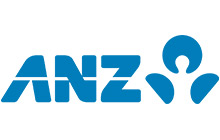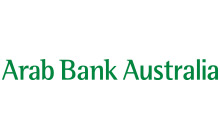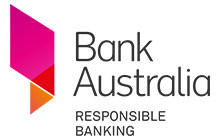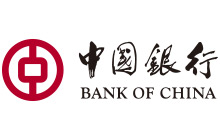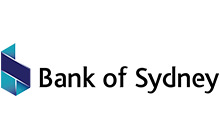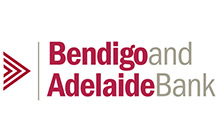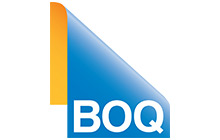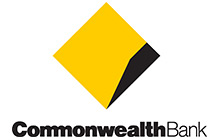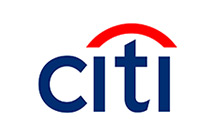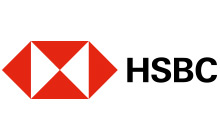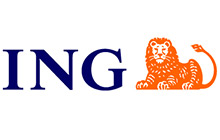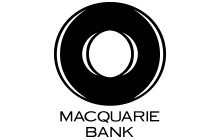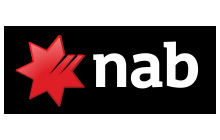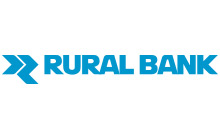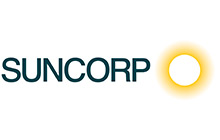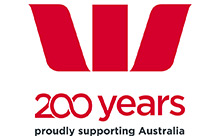Different finance sources
The type of finance for your business will depend on what you are using the finance for.
The three main types of finance are Debt, Equity and Internal Funds. You can also source income from friends and family, venture capital, angel funding and crowd funding.
What to consider when choosing finance
If you are buying fixed assets such as equipment, you may not generate cash flow in the short term. If you are funding current assets such as late paying customers or stock purchases ensure that there are processes in place to increase future cash flow in order to repay the debt, or to remove the need for debt to cover such requirements.
If your business is in the early stages, then there is increased risk when funding with debt as the business cash flow is likely to be unpredictable and more volatile. A business that has been operating for a few years will have a more predictable cash flow and established a track record that the bank can understand.
You need to ensure that if you use debt funds, the business has adequate cash flow to make all loan and interest repayments and any fees associated with the loan.
What’s the right level of debt for your business?
- The type of business you have will determine how much debt you can manage. You can check the right level of debt for your business against your industry benchmark on the Australian Taxation Office website.
- Before considering using debt funds, you need to be sure that you have adequate cash flow to make the repayments and understand the impact of using borrowed funds on your profit.
The best way to assess this is to prepare a business case for the asset being funded by the loan. Prepare a business plan with a profit and loss budget and cash flow forecast (including the amount of the loan you are after in your forecasts). You can find copies of these templates in the Forms & Checklists section.
Secured vs Unsecured. What’s the difference?
Secured
The loan is offered to the borrower in exchange for security over an asset or other type of security (such as directors and or personal guarantees). The most common type of security used is property, either personal or business. The bank holds the title to the property until the load is repaid.
Secured loans present less risk for the lender. Generally, they have lower interest rates, higher borrowing limits and longer repayment terms.
Unsecured
Does not require any security, this means there is higher risk to the lender. If the borrower defaults, the lender has no backup security that would cover the non-payment.
An unsecured loan carries higher interest rates, lower borrowing limits and shorter repayment terms, this helps to reduce the risk to the lender.
Credit cards are an example of an unsecured loan.
If your application for an unsecured loan is rejected, you may still be able to apply for a secured loan if you have adequate security. Talk to your bank about your options.
What type of debt funds should I use?
If you are funding capital assets (equipment, commercial premises, furniture and fittings) then debt funding should typically match the expected life of the asset.
For example, if you are funding technology that has a useful life of three years, then the loan should also be for three years.
It’s important to note that you shouldn’t use your overdraft to fund this type of acquisition as an overdraft account should be used for day-to-day expenses.
If you select debt as a financing option, you need to consider which product is best for you .
In a competitive market, lenders will package finance products under different names with a range of features to differentiate themselves.
A list, and overview, of the most common debt finance products is available in the Common Debt Products Overview available in the Forms & Checklists section.



